Stability of different fixation methods after reduction malarplasty under average and maximum masticatory forces: a finite element analysis, BioMedical Engineering OnLine
Por um escritor misterioso
Last updated 21 maio 2024
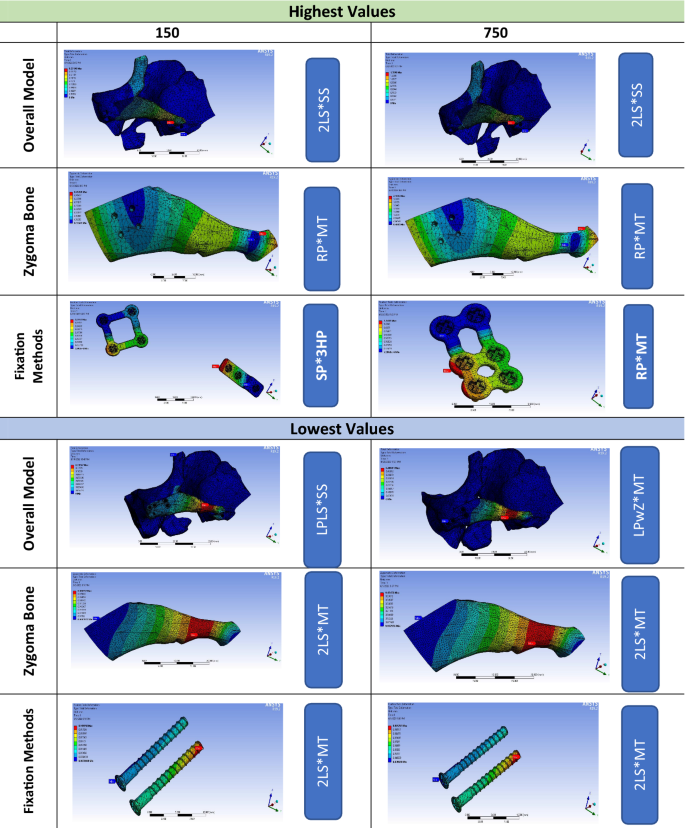
Background Although titanium plates/screws are effective fixation methods (FM) after L-shaped osteotomy reduction malarplasty (LORM), the ideal FM remains controversial. This first finite element analysis (FEA) aimed to study the effect of various zygomatic body/zygomatic arch FM combinations and their placement vectors on the zygoma complex stability after virtual LORM under the effect of both average (150 N/mm2) and maximum (750 N/mm2) forces and three-dimensional (3D) mapping of stress and strain parameters distribution over the zygomatic bone, fixation methods, and total model. Results The fixation methods about the short-arm of the L-shaped osteotomy showed lower stress, strain, and displacement values than those across the long-arm osteotomy site. Combined with any zygomatic arch fixation methods (ZAFm), the two bicortical screws group (2LS) on the zygomatic body osteotomy site resulted in smaller displacements and the lowest zygoma bone stress and displacement when combined with Mortice–Tenon structure (MT) as zygomatic arch fixation method. Applied forces caused statistically significant differences in zygomatic bone stress (P < 0.001 and P = 0.001) and displacement (P = 0.001 and P = 0.002). Conclusion All FMs both on the zygomatic body and zygomatic arch provide adequate zygomatic complex stability after LORM. The 2LS group showed better resistance than rectangular plate (RP) and square plate (SP) with lower stress concentrations. The L-shaped plate with short-wing on the maxilla (LPwM) is more stable than having the short-wing on the zygoma bone (LPwZ). Future prospective clinical studies are required to validate the current findings.

PDF) Stability of different fixation methods after reduction malarplasty under average and maximum masticatory forces: a finite element analysis

PDF) Finite Element Analysis in Dentistry

PDF) Stability of different fixation methods after reduction malarplasty under average and maximum masticatory forces: a finite element analysis
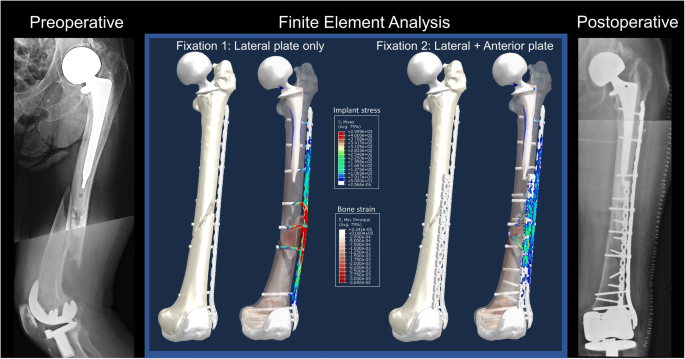
Finite Element Analysis of Fracture Fixation

PDF) Stability of different fixation methods after reduction malarplasty under average and maximum masticatory forces: a finite element analysis

Von Mises stress distribution in the human facial skeleton cortical

Finite element analysis of the human mastication cycle - ScienceDirect
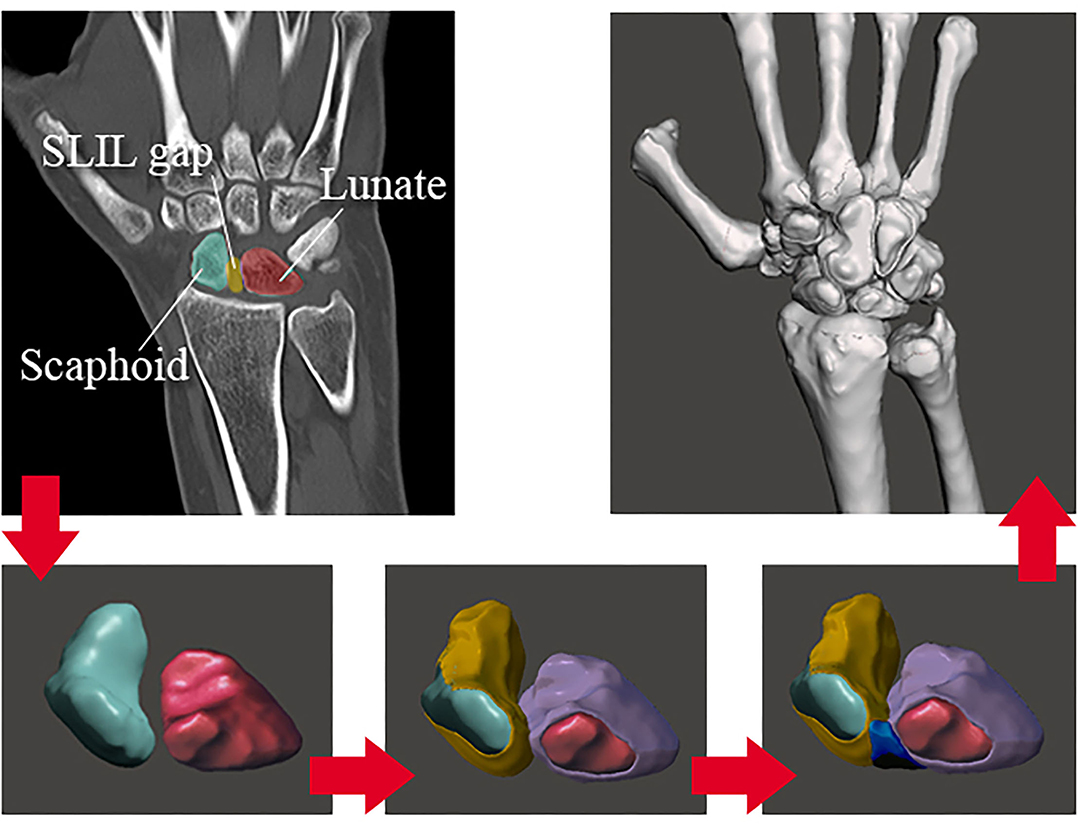
Frontiers Biomechanical Finite Element Method Model of the Proximal Carpal Row and Experimental Validation

PDF) Comparison of Biomechanical Behavior Between Commercial and Patient-Specific TI6AL4V Titanium Plates of the Same Design Following Le Fort I Osteotomy: A 3D- Finite Element Analysis

PDF) Finite Element Analysis: A Maxillofacial Surgeon's Perspective
Recomendado para você
-
 Calculated strength values (N/mm 2 ).21 maio 2024
Calculated strength values (N/mm 2 ).21 maio 2024 -
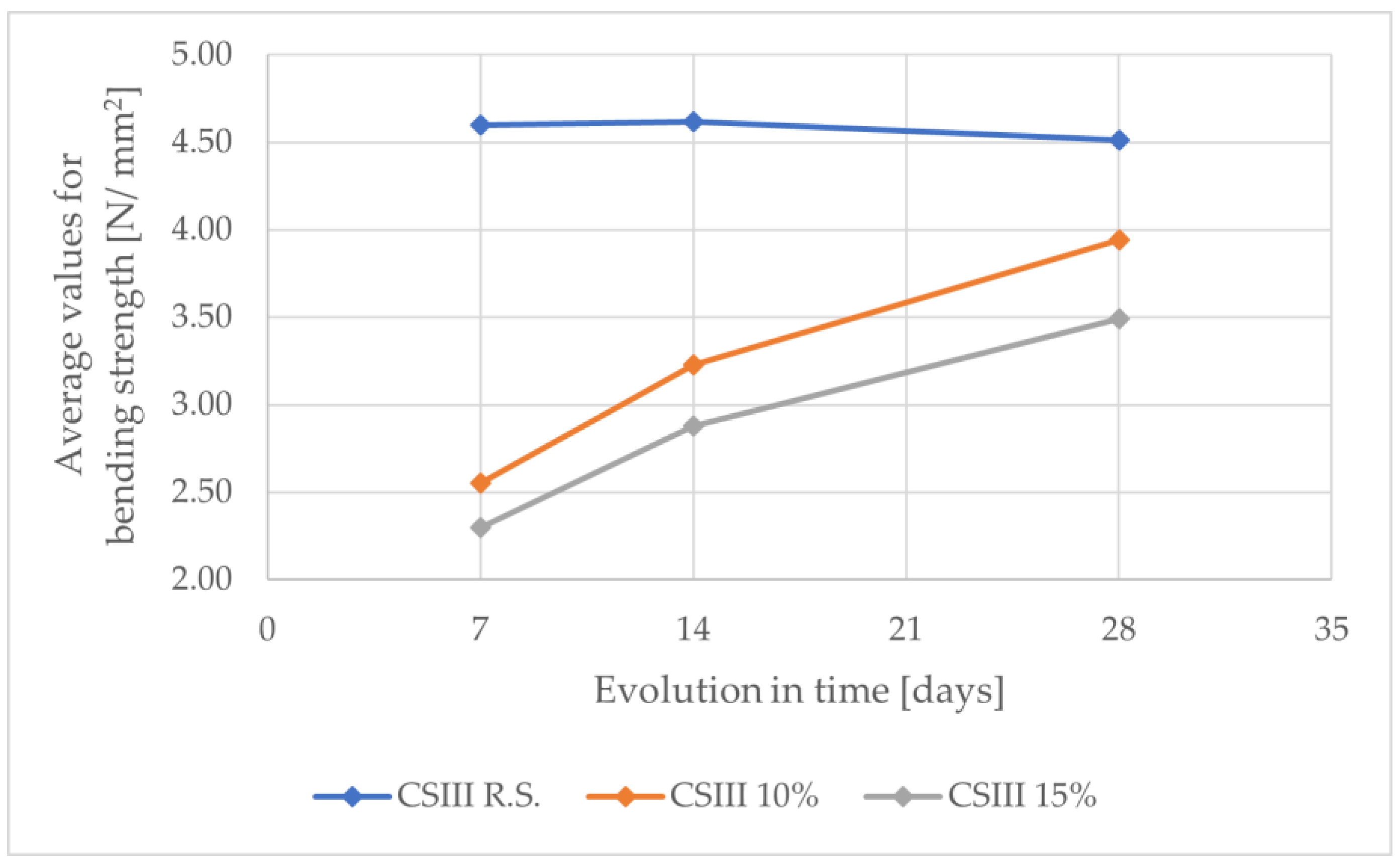 Buildings, Free Full-Text21 maio 2024
Buildings, Free Full-Text21 maio 2024 -
Oiles SPB-405030 Box of 4 Straight Bushing - 40 mm ID - IMS Supply21 maio 2024
-
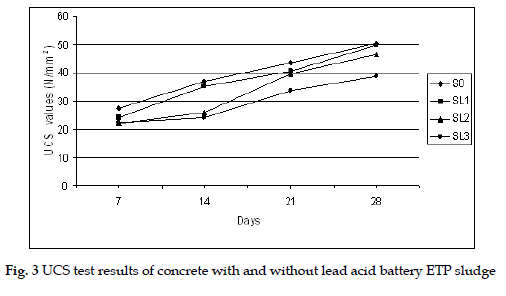 UTILIZATION OF INDUSTRIAL EFFLUENT TREATMENT PLANT (ETP) SLUDGE AS PARTIAL REPLACEMENT FOR CEMENT IN CONCRETE21 maio 2024
UTILIZATION OF INDUSTRIAL EFFLUENT TREATMENT PLANT (ETP) SLUDGE AS PARTIAL REPLACEMENT FOR CEMENT IN CONCRETE21 maio 2024 -
 At a point in a material there are normal stress of 30N/mm2 and 60N/mm2 tensile,together with a.21 maio 2024
At a point in a material there are normal stress of 30N/mm2 and 60N/mm2 tensile,together with a.21 maio 2024 -
 7.0mm 1670 N/mm2 Spiral PC Wire - China Steel Wire, PC Wire21 maio 2024
7.0mm 1670 N/mm2 Spiral PC Wire - China Steel Wire, PC Wire21 maio 2024 -
 The rivet group shown connects two narrow lengths of the plate, one of which carries a 15 kN load positioned as shown. If the ultimate shear strength of a rivet is 35021 maio 2024
The rivet group shown connects two narrow lengths of the plate, one of which carries a 15 kN load positioned as shown. If the ultimate shear strength of a rivet is 35021 maio 2024 -
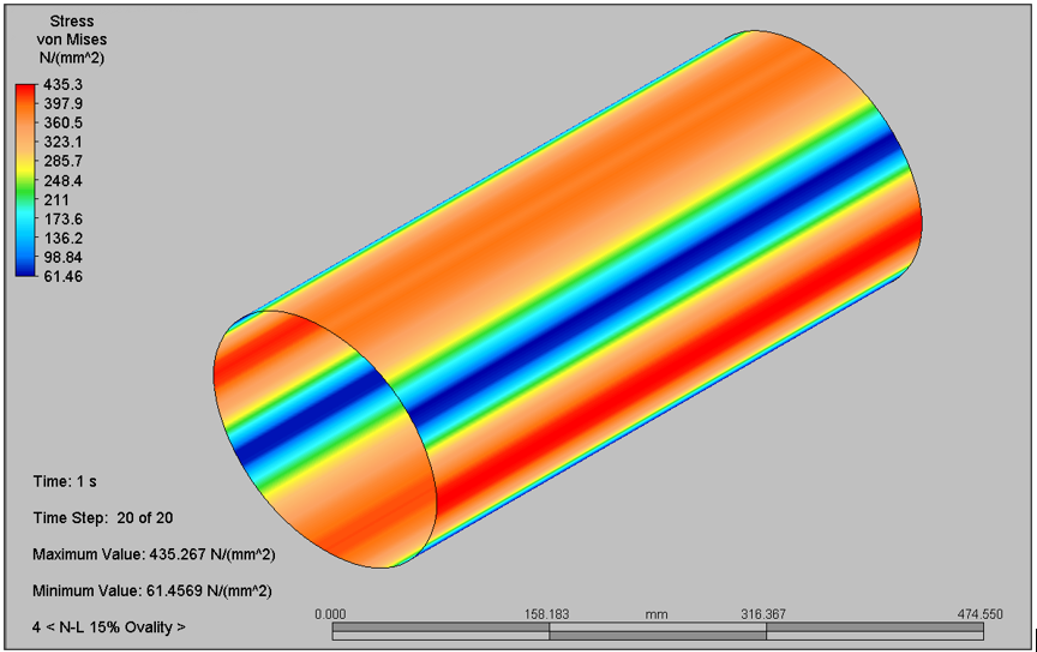 Fitness-for-Service - Acuren21 maio 2024
Fitness-for-Service - Acuren21 maio 2024 -
 How to Convert a GPA to N/MM221 maio 2024
How to Convert a GPA to N/MM221 maio 2024 -
Solved] The contact between femoral and tibia components in knee joint21 maio 2024
você pode gostar
-
 Kit de Utensílios Sortidos Lyon 360 6 Peças Vermelho Tramontina21 maio 2024
Kit de Utensílios Sortidos Lyon 360 6 Peças Vermelho Tramontina21 maio 2024 -
 One Piece fandom at war over Yamato's gender21 maio 2024
One Piece fandom at war over Yamato's gender21 maio 2024 -
Serialization of 'Yuragi-sou no Yuuna-san' Ends, New OVA Announced - Forums21 maio 2024
-
 Five Nights at Freddy's 1 Playable Animatronics Free Download - FNAF Fan Games21 maio 2024
Five Nights at Freddy's 1 Playable Animatronics Free Download - FNAF Fan Games21 maio 2024 -
 Cyber Y2k Jeans Masculino, Cyber Y2k Clothing Mens21 maio 2024
Cyber Y2k Jeans Masculino, Cyber Y2k Clothing Mens21 maio 2024 -
 DUNDER MIFFLIN T SHIRT Medium -The Office TV Show Green Vintage Style21 maio 2024
DUNDER MIFFLIN T SHIRT Medium -The Office TV Show Green Vintage Style21 maio 2024 -
 My Hero Academia 368: resumo, vazamentos e spoilers - Nerdiario21 maio 2024
My Hero Academia 368: resumo, vazamentos e spoilers - Nerdiario21 maio 2024 -
FNAF as Anime - Nightmare - Wattpad21 maio 2024
-
 Edition: West End Games WEG 4004221 maio 2024
Edition: West End Games WEG 4004221 maio 2024 -
 Gif ♧ The red King *^* ♧ Le Roi rouge K project anime, K project, K project (anime)21 maio 2024
Gif ♧ The red King *^* ♧ Le Roi rouge K project anime, K project, K project (anime)21 maio 2024

